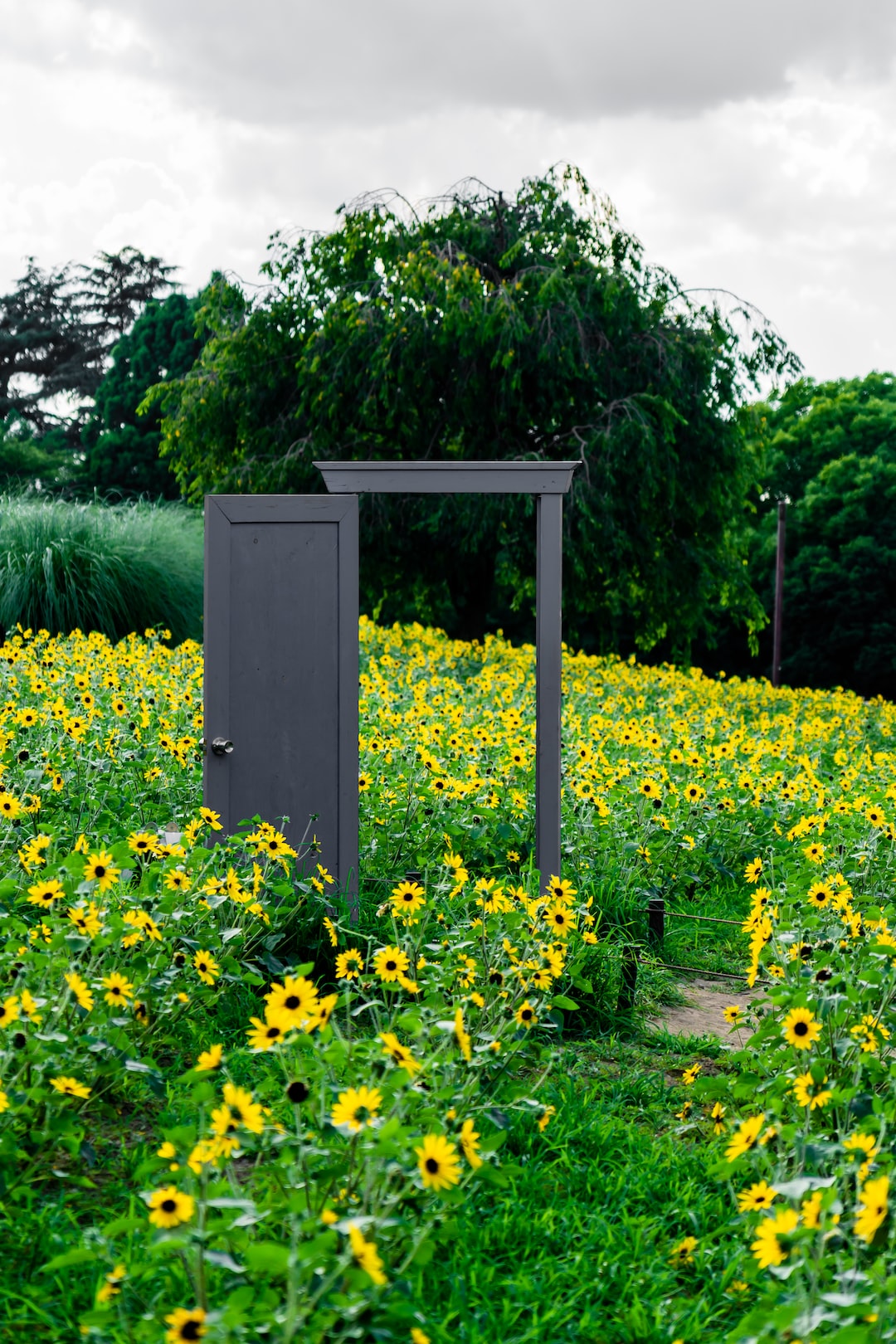Edible Landscaping: How to Grow Your Own Food in Style
In recent years, there has been a growing trend towards sustainable living and self-sufficiency. People are increasingly interested in growing their own food, benefiting from the fresh produce and the immense satisfaction that comes with it. However, traditional vegetable gardens may not always fit seamlessly into the aesthetics of our outdoor spaces. This is where edible landscaping comes in – a perfect marriage of functionality and style.
Edible landscaping combines the best of both worlds – a picturesque garden that also produces delicious, healthy food. It blends ornamental plants, fruits, vegetables, and herbs to create a harmonious and functional outdoor space. By incorporating edibles into your landscape, you’ll not only save money on groceries but also add visual appeal to your surroundings.
One of the key aspects of edible landscaping is choosing the right plants. Consider perennial herbs like rosemary, thyme, and sage, which not only add fragrance and texture to your garden but can also be used in your dishes. Fruit-bearing trees such as apple, pear, and citrus provide shade, beautiful blossoms, and a bountiful harvest. In addition, leafy greens like kale, lettuce, and Swiss chard can be seamlessly integrated into flowerbeds or borders, adding both color and nutrition.
Another vital aspect of edible landscaping is the design. To maintain the functionality and aesthetics, proper planning is crucial. Start by sketching out your garden area and identifying spaces for different types of plants. Consider the sunlight, soil conditions, and the water requirements of each plant to ensure their optimal growth. Grouping plants with similar needs together will enable efficient watering and care.
Incorporating raised beds or container gardening is a great way to maximize space, especially if your outdoor area is limited. These methods allow you to grow a wide variety of plants in a small area, and they are particularly useful for those who have limited mobility or poor soil quality. Raised beds can be created using recycled materials like old pallets, which further adds to the sustainability aspect of edible landscaping.
Don’t be afraid to get creative with your design choices. Mix and match different colors, shapes, and textures to create a visually appealing landscape. Vertical gardening, for example, allows you to grow plants like tomatoes, cucumbers, and beans upwards, saving valuable ground space while adding an architectural element to your garden.
Edible landscaping not only brings beauty and functionality to your outdoor space but also offers numerous other benefits. Consuming home-grown food is not only healthier but also reduces the carbon footprint associated with transportation and packaging. Additionally, gardening promotes physical activity and relaxation, and cultivating your own food fosters a deeper connection to nature.
In conclusion, edible landscaping provides an ingenious solution to harmoniously integrate food production into our gardens. By selecting the right plants, planning the layout effectively, and incorporating innovative design choices, you can create an enchanting landscape that nourishes your body and soul. So, why not embark on this rewarding journey and grow your own food in style?

